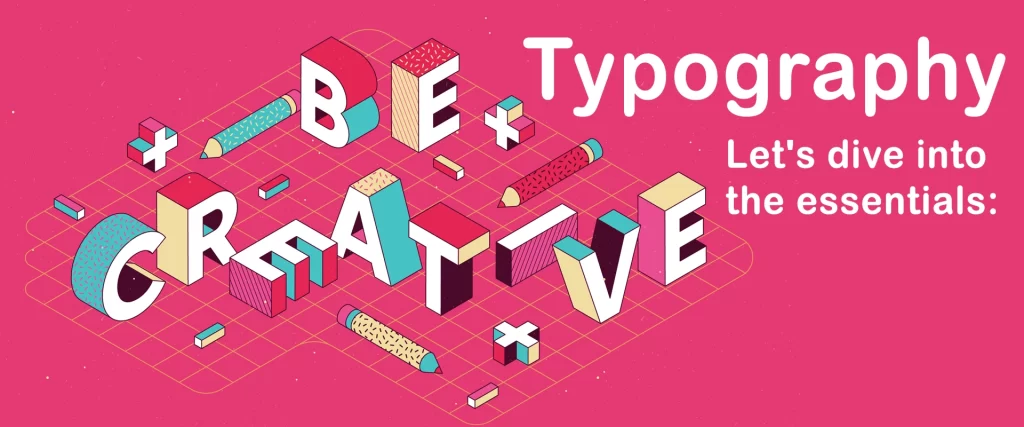
Typography is a crucial element of web design that can make or break your website’s user experience. As a beginner, understanding the basics of web typography can help you create more visually appealing and readable websites. Let’s dive into the essentials:
- Understanding Font Types
There are three main types of fonts:
- Serif: Fonts with small lines at the ends of characters (e.g., Times New Roman)
- Sans-serif: Fonts without these lines (e.g., Arial)
- Decorative: Stylized fonts for headlines or special purposes
For body text, sans-serif fonts are often preferred for their readability on screens.
- Choosing Web-Safe Fonts
Web-safe fonts are pre-installed on most devices, ensuring consistent display across different systems. Some popular web-safe fonts include Arial, Helvetica, Times New Roman, and Verdana.
- Using Web Fonts
Services like Google Fonts and Adobe Fonts allow you to use a wider variety of fonts on your website. These are loaded from external servers and offer more design flexibility.
- Font Pairing
Combining different fonts can create visual interest. A common approach is to use one font for headings and another for body text. Ensure your chosen fonts complement each other.
- Font Size and Readability
For body text, a font size between 16-18 pixels is generally recommended. Headings should be larger to create hierarchy. Remember to consider mobile devices when setting font sizes.
- Line Height and Length
Proper line height (leading) improves readability. A good rule of thumb is to set line height to 1.5 times the font size. Keep line lengths between 45-75 characters for optimal readability.
- Hierarchy and Contrast
Use different font sizes, weights, and colors to create a clear hierarchy of information. Ensure sufficient contrast between text and background colors for readability.
- Responsive Typography
Implement responsive typography techniques to ensure your text looks good on all screen sizes. This might involve adjusting font sizes, line heights, and even font choices for different devices.
- Consistency
Maintain consistent typography throughout your site. Create a typography style guide to help you stick to your chosen fonts, sizes, and styles.
- Accessibility Considerations
Choose fonts and sizes that are easily readable. Avoid using text in images, as this can’t be read by screen readers. Ensure sufficient color contrast for users with visual impairments.
Remember, good typography should be invisible – it should enhance the reading experience without drawing attention to itself. As you gain more experience, you’ll develop an eye for what works best in different contexts.
Experiment with these principles in your designs, but always prioritize readability and user experience over aesthetics alone. With practice, you’ll be able to create visually appealing and highly readable web typography that enhances your overall design.
